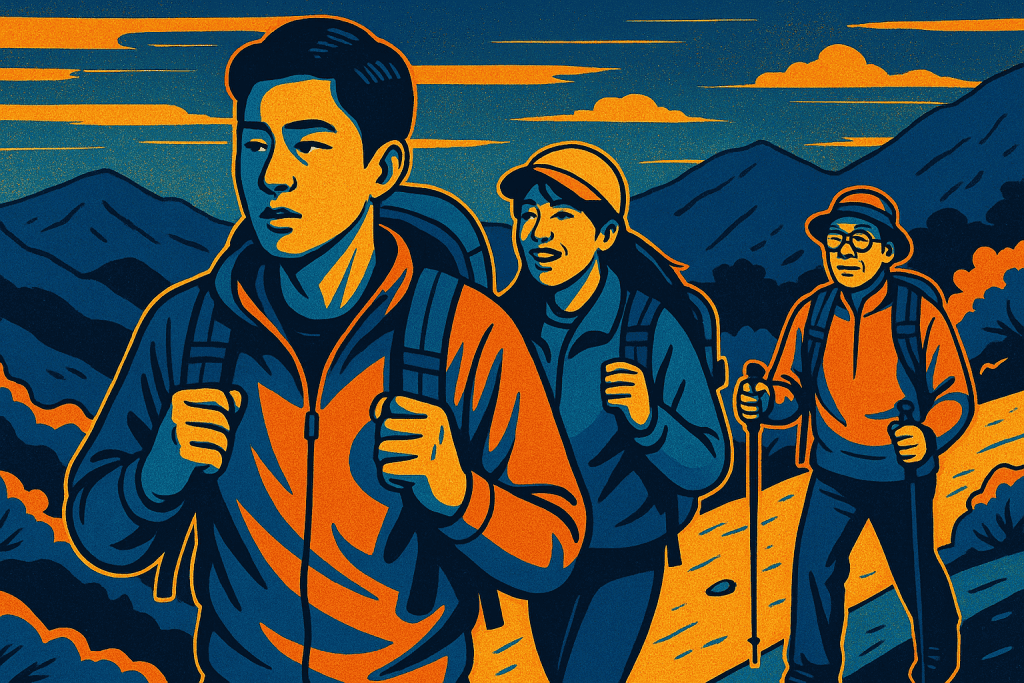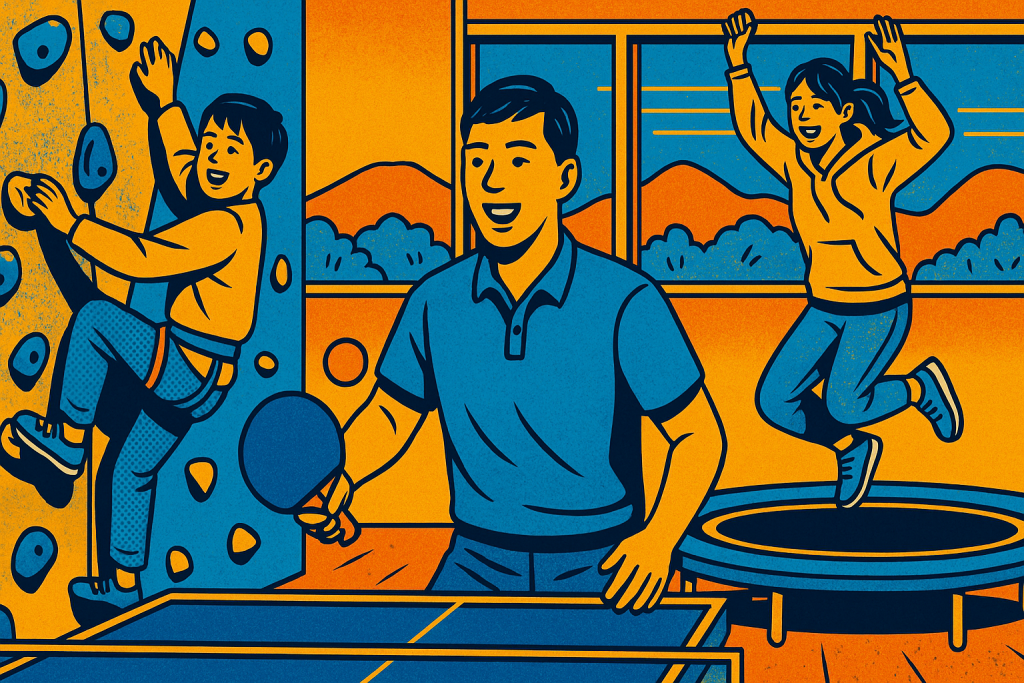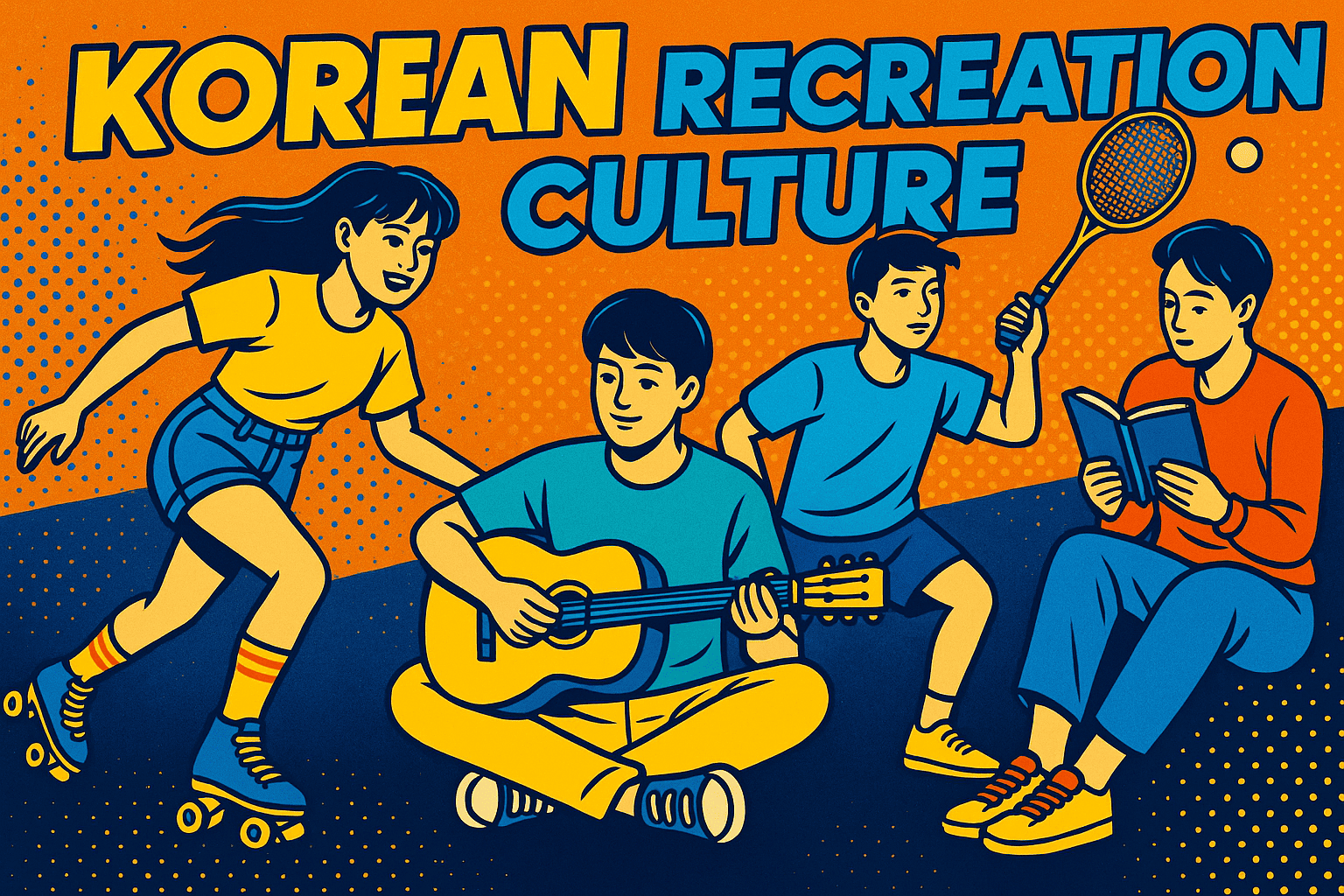Recreations Outlet reflects a fascinating blend of tradition, modernity, and global influence. From hiking the mountains that frame Seoul to enjoying K-pop dance classes, the variety of leisure activities is impressive. Koreans see recreation not only as a way to relax but also as a means of socializing, staying healthy, and connecting with culture. That is why exploring recreations outlet in Korea like provides meaningful insight into daily life and cultural identity.
This review takes a closer look at recreation in Korea, its significance in Korean culture, and how it shapes modern lifestyles. By reviewing these activities, we gain a deeper understanding of why they matter. The balance between work and leisure is a growing topic worldwide, and Korea provides a unique perspective—one rooted in cultural traditions yet constantly evolving with trends and technology.
Recreation Outlet Overview
Recreations outlet in Korea like compared to other countries? It is often community-focused, blending outdoor activities, group hobbies, and entertainment with a sense of belonging. Hiking, for instance, is a national pastime, with locals of all ages frequenting trails every weekend. Parks and public spaces also play a vital role, offering exercise equipment, walking paths, and gathering areas.
Cultural activities are just as important. Visiting traditional palaces, joining art or pottery classes, and attending seasonal festivals connect citizens to history. Meanwhile, modern recreation includes karaoke rooms (noraebang), PC bangs (internet cafés), and board game cafés that attract both youth and adults.
Sports are another pillar of Korean recreation. Taekwondo, baseball, and football enjoy widespread popularity. Equally, wellness-focused recreation like jjimjilbang (Korean spas) highlights how leisure and health intersect. This combination makes Korea’s recreational landscape both diverse and dynamic, reflecting a society that values both productivity and downtime.

Recreation Outlet Pros
One of the main advantages of recreation in Korea is accessibility. Public transportation allows easy access to hiking trails, parks, and city-based activities. This inclusivity ensures that recreation is not reserved for the wealthy but open to nearly everyone.
Another positive is variety. Whether you enjoy singing at a noraebang, soaking in a jjimjilbang, or learning traditional crafts, there is something for everyone. What is remarkable is how recreation fosters social bonds. Group hikes, late-night karaoke sessions, or café hangouts all create shared experiences.
Cultural preservation is also a benefit. Traditional activities remain part of modern life, so recreation doubles as a way to connect with heritage. Additionally, the rise of wellness-focused spaces ensures that recreation contributes positively to physical and mental health.
Lastly, affordability stands out. Many recreational options in Korea, such as museums, palaces, or public parks, are budget-friendly, making leisure attainable even for students or families.
Recreation Outlet Cons
Despite its many positives, recreation in Korea does have drawbacks. For one, there is often pressure to participate in group activities. What is meant to be relaxing can feel socially demanding when individuals are expected to join in.
Crowded spaces are another concern. Popular hiking trails, spas, and cafés are often packed, especially on weekends. This can diminish the calming aspect of recreation. Additionally, urban areas sometimes dominate recreational offerings, leaving rural communities with fewer options.
Work culture also affects leisure. Long hours and high academic pressure mean many Koreans have limited time for recreation. This imbalance between work and rest remains a cultural challenge.
Finally, while affordable, some recreational experiences—such as concerts or theme parks—are costly and exclusive. These disparities may create barriers, limiting what is available to different income groups. Balancing accessibility with exclusivity continues to be a key issue.
In-Depth Analysis
Design of Recreational Culture
What is striking about Korean recreation is its design around community and convenience. Cities are built with green spaces, trails, and public facilities integrated into daily life. This intentional planning ensures recreation feels like a natural extension of living.
Functionality and Variety
Recreation functions as both entertainment and wellness. Jjimjilbangs, for instance, provide relaxation while also improving health. Noraebangs combine fun with stress relief. Meanwhile, cultural activities like pottery classes or palace visits serve as education as well as leisure.
Usability and Accessibility
Public transportation makes nearly every recreational activity reachable. Hiking trails near Seoul, for example, are only minutes away by subway. What is notable is how even small neighborhoods include parks or exercise zones, reflecting inclusivity.
Social Impact
Recreation in Korea strongly influences social interactions. Group-based leisure activities foster relationships but may challenge those who prefer solo time. Still, this collective approach creates stronger community bonds.
Trends and Globalization
Globalization has expanded Korea’s recreational landscape. K-pop dance classes, esports, and fusion cafés show how international trends mix with local culture. This evolution keeps Korean recreation exciting and ever-changing.

Comparison
When comparing recreation in Korea to other countries, several differences emerge. For example, what are recreations outlet in Korea like compared to the U.S.? In Korea, group-oriented activities like karaoke or board game cafés are far more common, while in the U.S., individual hobbies such as camping or fishing often dominate.
| Comparison Area | Korea’s Recreation Outlets | Other Countries’ Recreation Outlets | Key Differences / Highlights |
|---|---|---|---|
| Korea vs. U.S. | Group-oriented (karaoke rooms, board game cafés) | Individual hobbies (camping, fishing) | Korea favors social, urban activities; U.S. leans toward solo, outdoor pursuits. |
| Korea vs. Japan | Affordable, accessible urban recreation (cafés, spas, hiking as daily life) | Themed cafés, spas, but less emphasis on hiking in busy cities | Both share urban recreation, but Korea emphasizes cost-friendly and nature integration. |
| Korea vs. Western Europe | Tech-driven (PC bangs, esports stadiums, fast-paced leisure) | Slower leisure (cycling, countryside strolls) | Korea is dynamic and tech-centric; Europe favors slower, tradition-rich leisure. |
| Common Value | Wellness through recreation | Wellness through recreation | All regions link leisure with well-being, though Korea integrates it into urban spaces more efficiently. |
Conclusion
In conclusion, exploring recreations outlet in Korea like offers insight into a culture that values balance between tradition and modernity. The range of activities—from historical sites to futuristic gaming hubs—illustrates a society where leisure is accessible, diverse, and meaningful.
The strengths include accessibility, cultural preservation, and social bonding, while weaknesses involve crowding, work-life imbalance, and exclusivity in some options. Yet overall, Korea provides a model of how recreation can be both enriching and community-oriented.
For anyone curious about Korean culture, experiencing its recreation firsthand is highly recommended. It not only offers entertainment but also reveals what is at the heart of Korean daily life: connection, resilience, and joy.
Rating
⭐️⭐️⭐️⭐️☆ (4.5/5)
Recreation in Korea is diverse, engaging, and culturally enriching, though work culture and crowding present challenges.
FAQ
What are some popular recreation outlets in Korea?
Popular recreation outlets in Korea include hiking trails, jjimjilbangs (Korean spas), noraebangs (karaoke rooms), PC bangs (internet cafes), and cultural activities like visiting palaces or pottery classes. These outlets balance tradition and modern leisure, appealing to people of all ages.
What are the benefits of recreation in Korea?
Recreation in Korea is affordable, accessible, and socially engaging. Public transport makes hiking and parks easy to reach, while activities like group hikes and karaoke foster strong social bonds. Cultural preservation is another benefit, as traditional activities remain integrated into modern leisure.
What challenges does Korean recreation face?
Challenges include crowded spaces, work-life imbalance, and social pressure to participate in group activities. Some options, such as concerts or theme parks, can also be expensive. Rural areas may have fewer recreational facilities compared to urban centers, creating accessibility gaps.
How does recreation in Korea compare with other countries?
Recreation in Korea is more group-oriented compared to the U.S., where solo activities like camping or fishing dominate. Compared to Japan, Korea emphasizes accessibility and affordability. Against Western Europe, Korea’s tech-driven outlets like PC bangs stand out, reflecting a dynamic mix of tradition and innovation.
Additional Resources
- Korea Tourism Organization – Official Guide
- Lonely Planet – South Korea Travel Guide
- Visit Seoul – Recreation & Lifestyle
- National Geographic – Korea’s Cultural Highlights
- Korea Herald – News & Features About Korea

